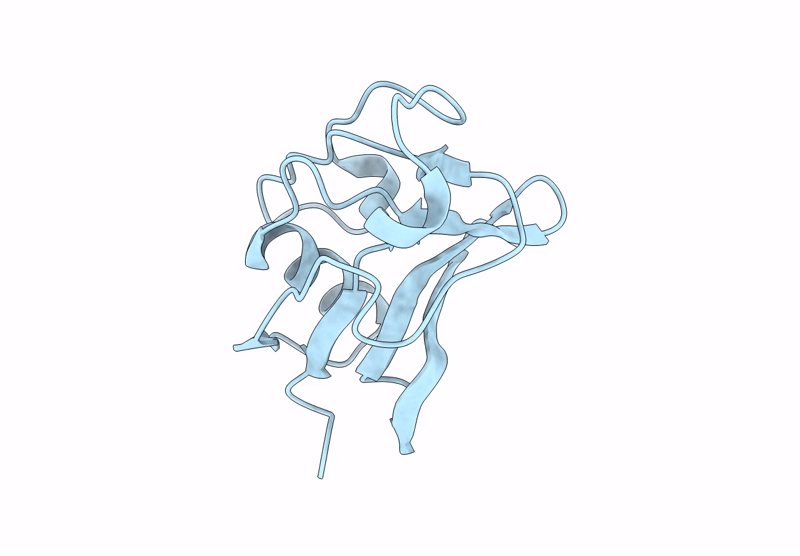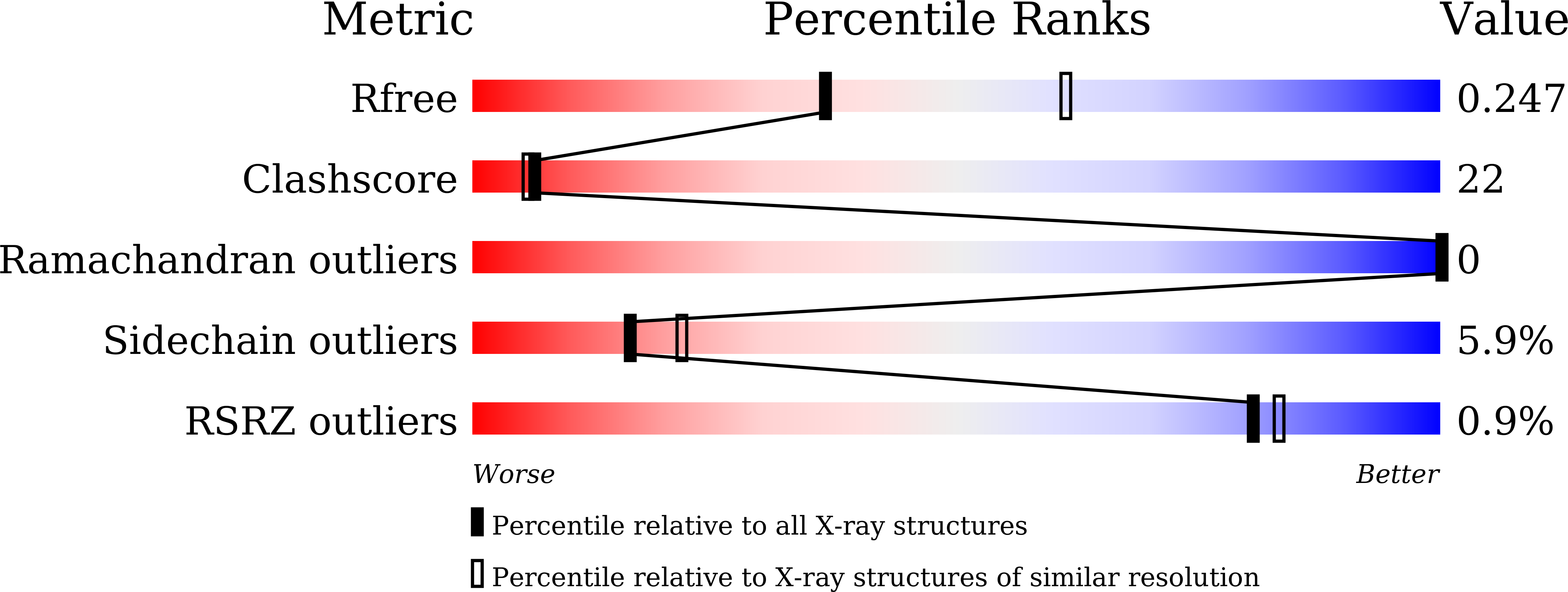
Deposition Date
2023-11-02
Release Date
2024-12-11
Last Version Date
2024-12-11
Entry Detail
PDB ID:
8WZS
Keywords:
Title:
Crystal structure of SRCRD11 of human DMBT1 from needle-shape crystal
Biological Source:
Source Organism:
Homo sapiens (Taxon ID: 9606)
Host Organism:
Method Details:
Experimental Method:
Resolution:
2.54 Å
R-Value Free:
0.24
R-Value Work:
0.17
R-Value Observed:
0.17
Space Group:
P 32 2 1


